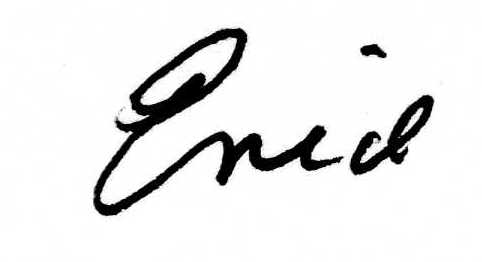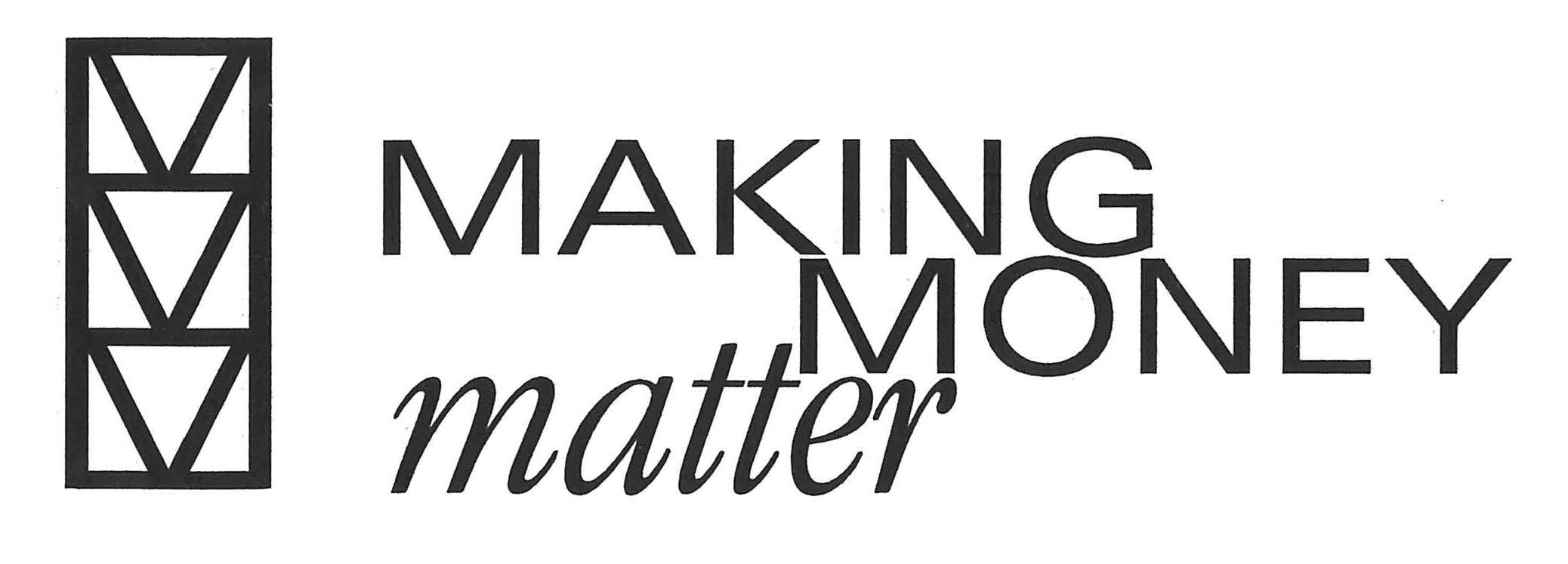Gender differences in philanthropy have been the subject of studies, articles and fundraising seminars. Do women give more? Are there different motivations?
Consider the following according to Forbes, Women Moving Millions and the Chronicle of Philanthropy:
Women control over half the private wealth in the US and make 80% of all purchases.
Women live longer, are increasingly in the workforce, and often inherit twice–from parents and spouses.
Women will likely control over $30 trillion in North America by 2030 and will inherit an estimated 70% of the intergenerational wealth transfer over the next few decades
Women give over 60% of donations in the US and nearly twice as much as men.
Women give more than men in almost every income category.
Women are predicted to make charitable gifts exceeding $550 billion annually within the next decade.
Yet women’s philanthropy is an oxymoron in most parts of the world. Women’s philanthropic power stands in stark contrast to the general status of women.
Feminism is a first world idea and historically recent, with a tenuous and uneven reality.
Take women’s suffrage, for example.
The first self-governing bodies in which women had the right to vote were New Zealand and South Australia in the 1890’s. Earlier attempts elsewhere in the 1750’s were subsequently rescinded.
One woman was allowed to vote in a town meeting in Massachusetts in 1756 and women voted in New Jersey in 1776 but that right was ultimately rescinded in 1807.
The first “women’s rights convention” took place in1848 in Seneca Falls, New York, organized by two women who had met at an abolitionist convention. The “Declaration of Sentiments” included, “we hold these truths to be self-evident that all men and women are created equal.”
In 1870, the first female Justice of the Peace was named in Wyoming. The previous justice had resigned in protest when Wyoming became the first jurisdiction in the US to grant women the right to vote. It took another 50 years for full women’s suffrage in 1920, not even a century ago.
“You’ve come a long way baby” was a declaration made in a cigarette ad of the 1970’s, around the time of Roe v Wade.
Rights granted, then rescinded. Just how far and for how long?
John Stuart Mills, a British philosopher, wrote an interesting essay on gender and power in 1861 entitled “The Subjection of Women” that stated, “the principle which regulates the existing social relations between the two sexes–the legal subordination of one sex to the other–is wrong in itself, and now one of the chief hindrances to human improvement…”
Historically, women had been considered the property of a male: chattel. Biologically, culturally, religiously, psychologically, and legally, power has been in the hands of those with the power to perpetuate their power.
Yet women found ways to break free of the defined roles of domesticity, sometimes of economic necessity, sometimes through sustained advocacy for a social agenda.
Much changed as women gained the right to vote and began to work outside the home while the men went off to wars. Feminism accelerated in the 60’s and 70’s following the consciousness raising of The Feminine Mystique that identified “the problem without a name” for a whole generation of women.
Where wealthier women would have typically perpetuated their father’s or their husband’s philanthropy, women began to build their own resource base, their independent charitable interests and their own affinities, causes and philanthropic portfolios. New women’s charities were created to marshall the burgeoning power of the purse.
The treatment of women is steeped in cultural norms, tradition, belief, law and the constructs of power. Witness the extremes that are not uncommon in many parts of the world:
Women are told to be grateful to have a husband, even as a second or third wife, even if he is 30 years older, even if he impregnates serially or rapes or beats or punishes or divorces at will.
Women choose to hide their faces to prevent acid scarring. They are terrified of an accusation of being a temptress after an assault, then stoned for the shame to the family.
And even in first world countries, trafficking thrives.
A woman who has access to education, health and safety, and the opportunity to create wealth through compensated work has independence which begets strength.
Women with wealth have the power to change the world for the women who don’t and to protect and improve the fragile gains of the first world.
Be a feminist philanthropist. Use your power.
Enid M. Ablowitz, CFRE, CSPG, is a veteran advancement professional, author, and consultant who is dedicated to educating and guiding donors and non-profit organizations on the art and science of strategic philanthropy
Originally published in the Boulder Daily Camera on March 7, 2016. Used by permission
‘Til next time — Give Well, Give for Good.


